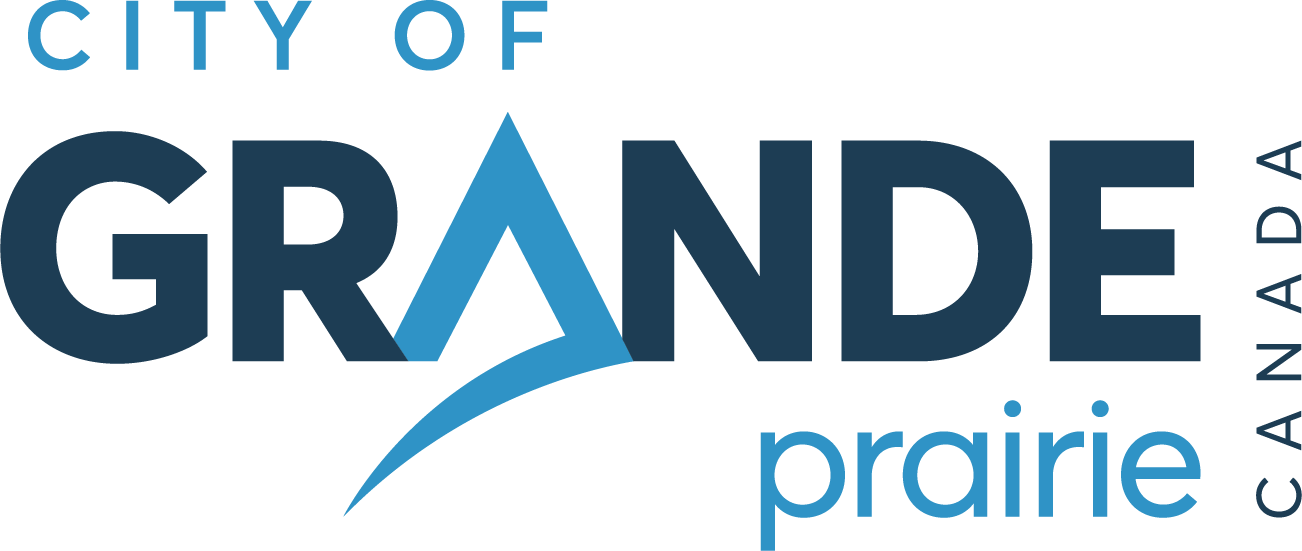Here is a break down of what components are inspected at the various optional inspection stages.
Framing Inspection:
In a framing inspection the main items a Building Safety Codes Officer inspects are structural components such as telepost pad and beam locations, framing members, floor joist members and layout, roof truss members and layout, along with all bracing components. HIRF requirements along with the window and door installation.
Pre-drywall Inspection:
During a pre drywall inspection the Safety Codes Officer is looking to confirm there is a continuous air and vapour barrier. Also to ensure any penetrations that could cause air or vapour transfer have been sealed prior to covering with drywall.
Building systems that are not installed correctly can result in, at minimum, poor air quality along with moisture penetration to interior cavities.
Service Inspection:
During a service inspection the Electrical Safety Codes Officer looks to ensure there is an isolated neutral, correct conductors, mast and meter mounting components are correctly installed and sized accordingly. They look to ensure grounding and bonding is installed and complete.
Failure to obtain proper grounding may result in appliances and electronics burning out, causing a potential fire hazard and/or personal harm. This inspection will be omitted at the Electrical Safety Codes Officers discretion.
Ground Works Inspection:
During a ground works inspection, the main items a Plumbing Safety Codes Officer looks for are grade, sizing, drainage arrangement, venting configuration, types of materials, check valves, piping supports and water lines.
Stacks Inspection:
During a stack inspection, the main items Plumbing Safety Codes Officer looks for are grade, sizing, drainage/venting arrangement, types of materials, check valves, piping supports, and water lines.
Plumbing systems that are not installed correctly can at minimum, cause a health hazard resulting from an excess accumulation of volatile sewer gases.
